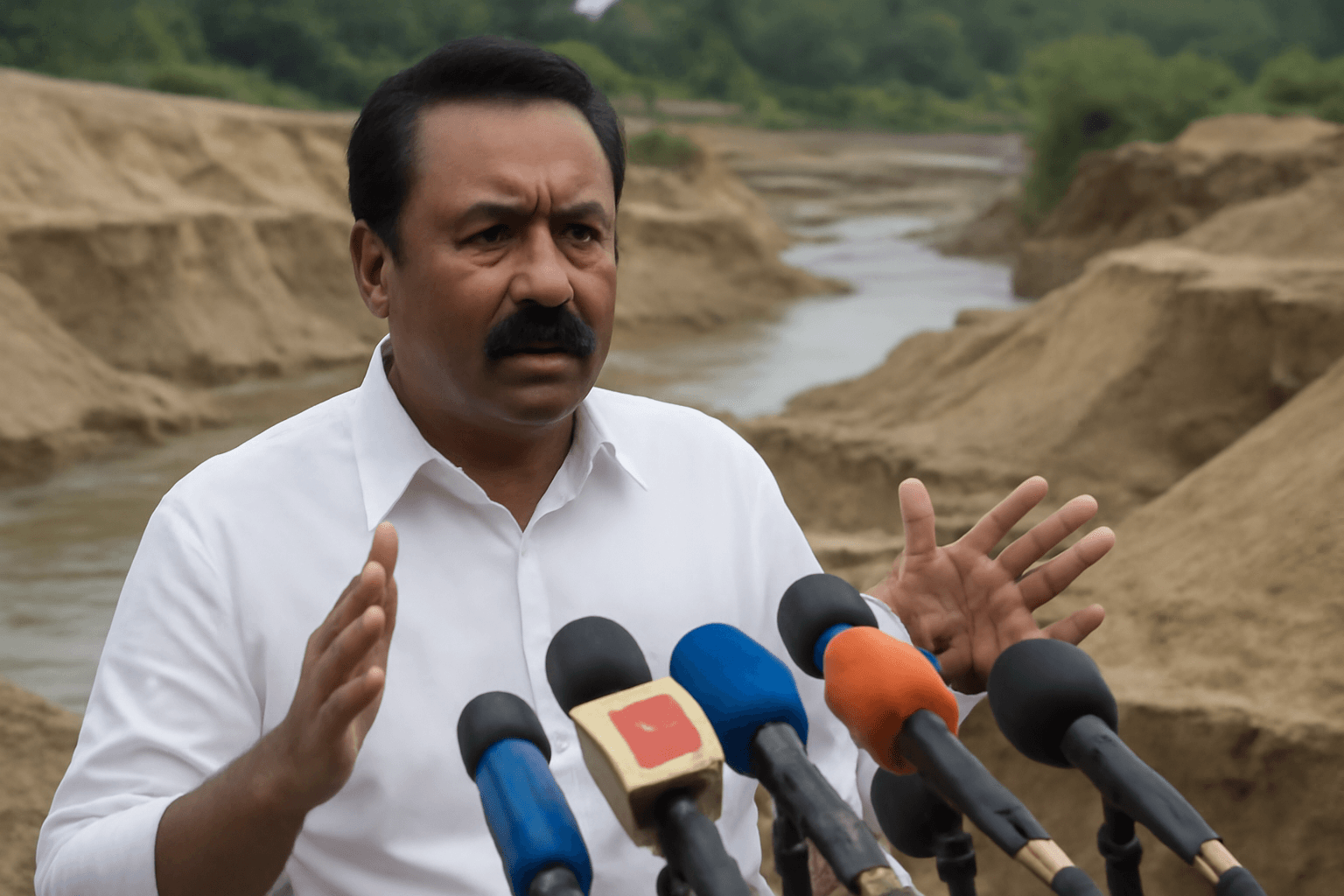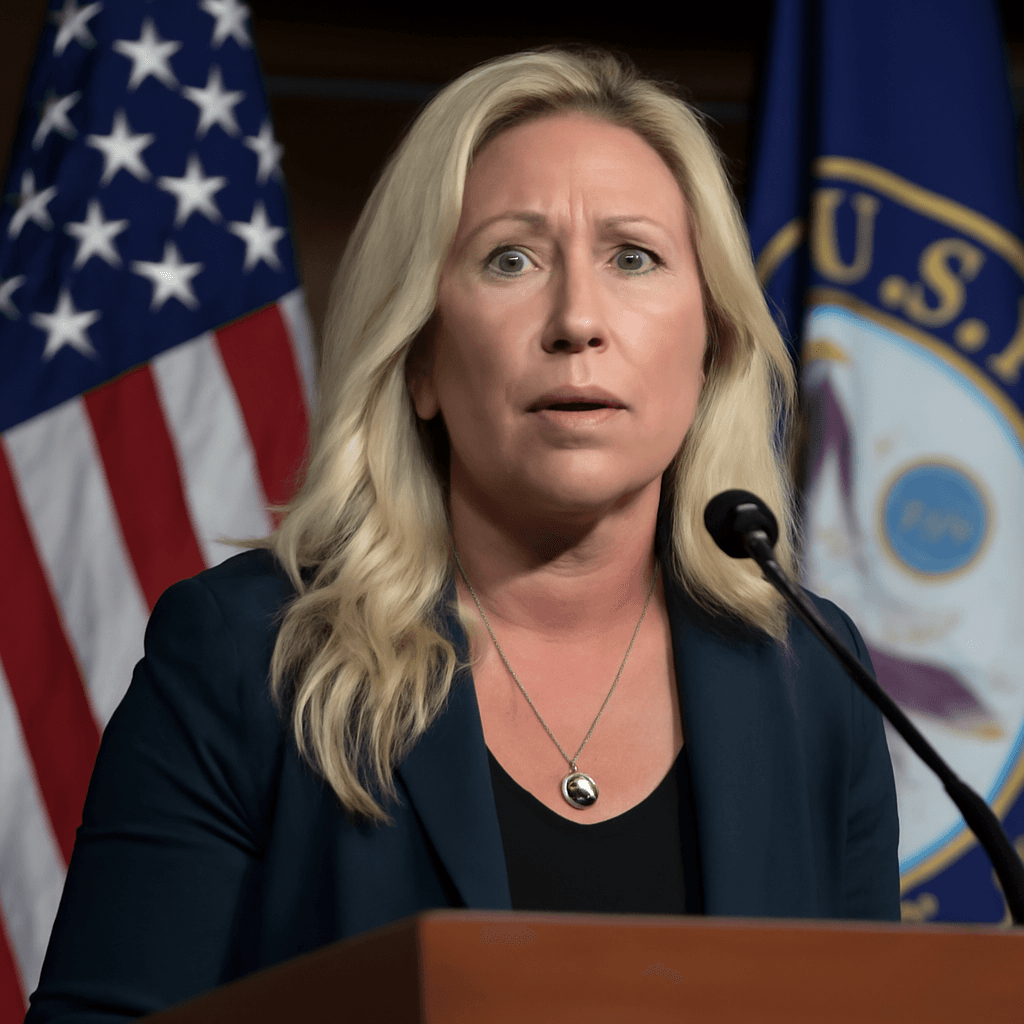Trump Administration Reverses Elon Musk-Era Job Cuts at National Weather Service
In a significant policy turnaround, the Trump administration announced it will reinstate 450 critical positions within the National Weather Service (NWS) that were previously eliminated under Elon Musk's controversial cost-cutting initiative. This move aims to restore essential meteorological capabilities amid growing concerns about extreme weather impacts across the United States.
Background: Musk’s Department of Government Efficiency Cuts
Elon Musk, appointed during the Trump administration to lead the Department of Government Efficiency (DOGE), spearheaded aggressive staffing reductions in various federal agencies, including the National Oceanic and Atmospheric Administration (NOAA) – the umbrella agency for the NWS.
Under Musk’s directives, more than 550 NWS roles — including meteorologists, hydrologists, and radar technicians — were cut through layoffs and forced early retirements. This downsizing left the NWS with fewer than 4,000 employees nationwide, sparking alarm among lawmakers and meteorological experts about the agency’s capacity to deliver timely weather warnings.
Congressional Response and Legislative Efforts
A bipartisan coalition led by Representatives Mike Flood (R-NE) and Eric Sorensen (D-IL) has actively pushed to reverse these reductions. Their joint legislative proposal seeks to reclassify NWS personnel as essential public safety workers, exempting them from future budget-driven layoffs or buyouts.
“The staffing shortfalls forced NWS offices to cancel vital weather balloon launches and cut overnight shifts, putting both meteorologists and communities at risk,” said Rep. Sorensen. He emphasized that the new hires must be permanently safeguarded to ensure consistent and reliable service.
Rep. Mark Alford (R-MO) also praised the administration’s decision, calling the restoration of 450 front-line NWS employees a vital step toward strengthening national disaster preparedness.
Operational and Public Safety Implications
The timing of this reinstatement coincides with a tumultuous summer marked by severe weather events, including devastating flash floods in Texas Hill Country that claimed at least 137 lives. Observers and lawmakers have questioned whether the NWS staff shortages contributed to forecasting gaps or delayed warnings during the disaster.
Senate Democratic leader Chuck Schumer has called for a thorough investigation into whether staffing deficiencies at the San Antonio NWS office worsened flood forecasting accuracy and timeliness.
Despite prior assurances from NWS Chief Ken Graham that staffing and budget cuts would not compromise storm warnings, many experts remain skeptical. The agency is currently bracing for an above-average 2025 hurricane season, which further underscores the urgency of restoring its operational capacity.
Looking Ahead: Sustaining National Weather Preparedness
While NOAA has approved 126 of the new positions, the administration’s commitment to fully rehiring the 450 workers marks a decisive policy pivot. However, lawmakers insist that the reversal must translate into lasting workforce stability, shielding essential weather service roles from future bureaucratic reshuffles or austerity drives.
As climate change continues to escalate weather disasters across America, ensuring that the National Weather Service has the personnel and resources it needs is not just a bureaucratic concern — it is a critical matter of public safety and national resilience.
Editor’s Note
This restoration of National Weather Service jobs reflects a growing recognition of the indispensable role federal forecasting plays in safeguarding communities against climate-driven extreme weather. Yet, it also raises important questions about how political and managerial decisions impact scientific agencies charged with protecting the public.
Amid calls for greater governmental efficiency, how can policymakers balance fiscal responsibility with the imperative to maintain robust emergency preparedness? Moreover, as we anticipate a challenging hurricane season, will this staffing rebound be enough to meet the escalating demands placed on the NWS? Readers are encouraged to consider these issues as the nation navigates the complex intersection of politics, science, and public safety.


















